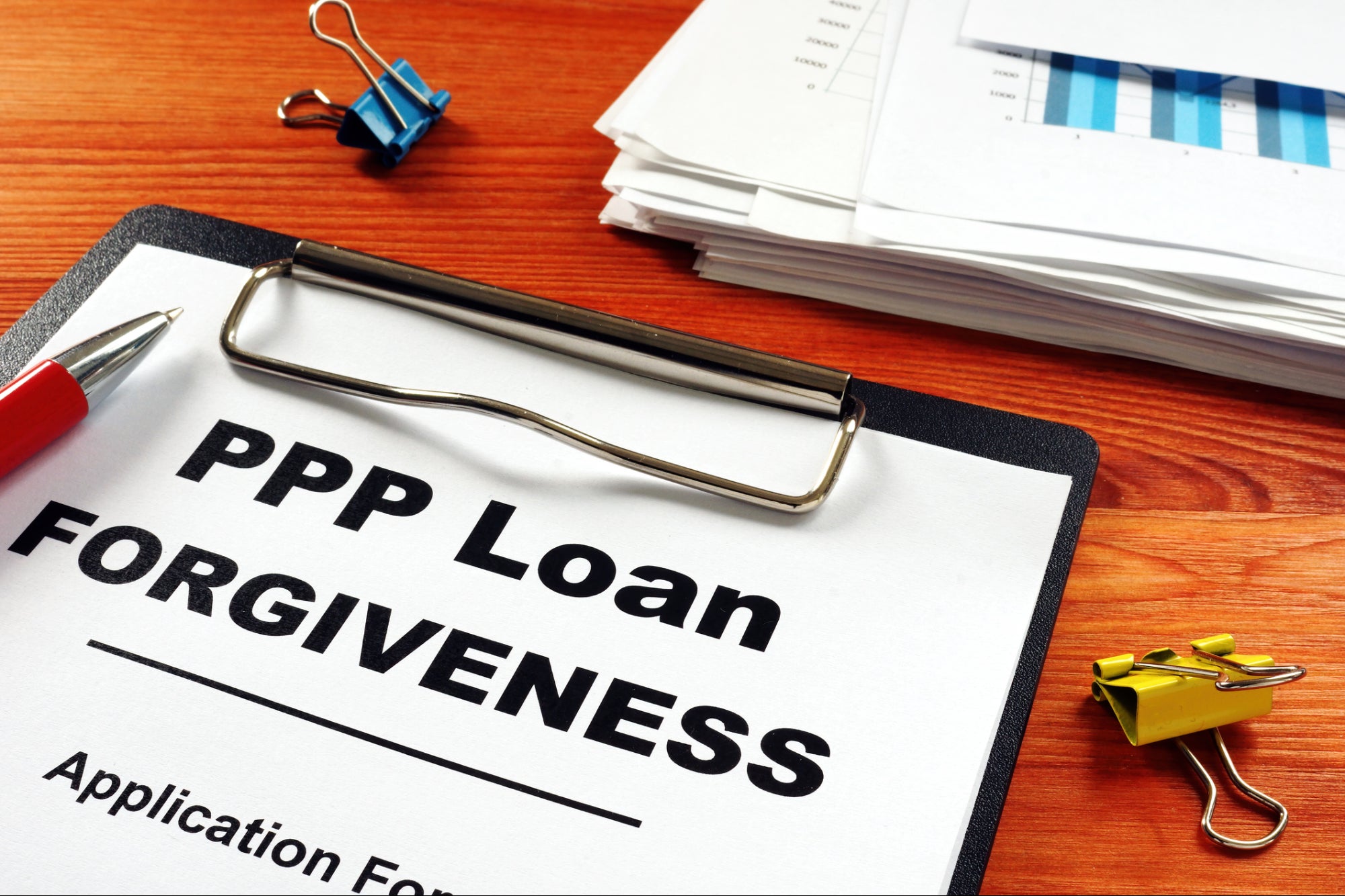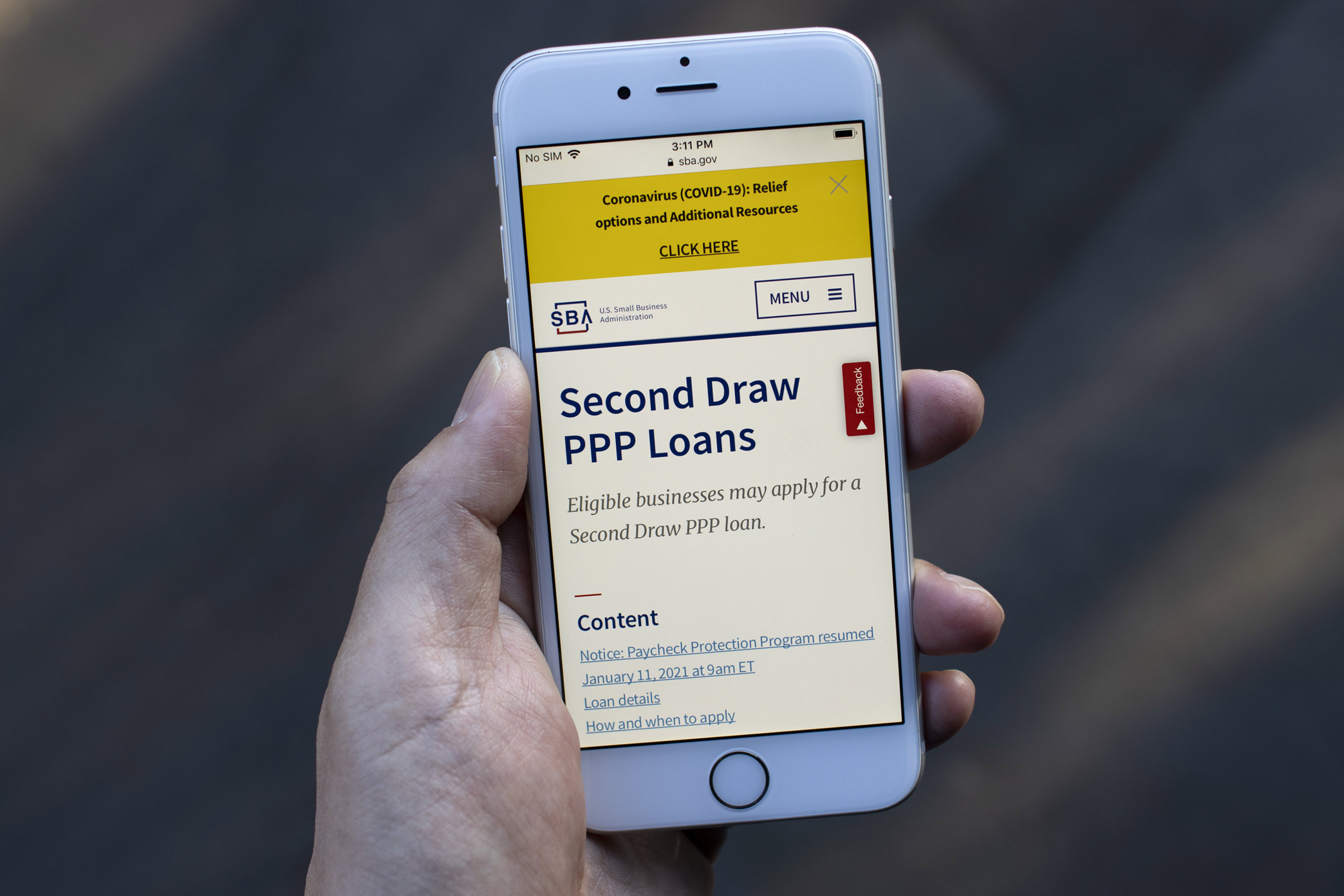
Continuing Small Business Recovery and Paycheck Protection Program Act

There is a great deal of news surrounding proposals for additional small business relief currently being discussed in congress. Below is a summary of the current bill being proposed and its four components including a second round of Payroll Protection Program Loans and improvements to the existing program as well as two new SBA Loan opportunities. While these items are subject to change it is anticipated that the bill would pass in its current form as soon as Friday, August 7th. We will continue provide updates to any changes as they develop.
The Continuing Small Business Recovery and Paycheck Protection Program Act would provide additional assistance to the hardest-hit small businesses that are struggling to recover from the impacts of the COVID-19 pandemic. The bill has four main components:
7(a) Loans to Recovery Sector Businesses:
Authorizes $100 billion in long-term, low-cost loans to recovery sector businesses, which include seasonal businesses and businesses located in low-income census tracts that meet the applicable SBA revenue size standard, have no more than 500 employees, and demonstrate at least a 50 percent reduction in gross revenues.
Loan amounts would be available at up to twice the borrower’s annual revenues, not to exceed $10 million. The loan would have a 100% SBA guarantee and maturity of up to 20 years with a one percent fixed interest rate to the borrower.
Waives the SBA’s credit elsewhere test and allows the borrower to defer loan and interest payments for the first 2 years.
Allowable loan uses include working capital, acquisition of fixed assets, and refinancing existing indebtedness.
PPP Second Draw Loans:
- Provides $190 billion of committed and appropriated funds to support PPP and PPP Second Draw Loans.
- Defines eligibility for PPP Second Draw loans as small businesses that meet the applicable SBA revenue size standard, have no more than 300 employees, and demonstrate at least a 50 percent reduction in gross revenues.
- Includes a $25 billion set-aside for entities with 10 or fewer employees and a $10 billion set- aside for loans made by community lenders.
- The maximum loan size would equal 2.5 times average total monthly payroll costs, up to $2 million. Businesses that received a PPP loan may not receive another PPP loan that aggregates to more than $10 million.
- The 60/40 cost allocation for payroll and non-payroll costs to receive full PPP forgiveness continues to apply.
PPP Improvements:
- Expands forgivable expenses to include covered supplier costs, covered worker protection expenditures, and covered operations expenditures.
- Allows borrowers to select a preferred 8-week period through 2020 to use the forgivable loan proceeds.
- Simplifies the forgiveness application process for smaller loans.
- Expands PPP eligibility to include certain 501(c)(6) organizations, including Chambers of Commerce and Destination Marketing Organizations with 300 or fewer employees, excluding lobbying expenses.
- Establishes a specific PPP loan calculation for farmers and ranchers and provides Farm Credit System Institutions with greater certainty and equity in participating in PPP lending.
Small Business Growth and Domestic Production Investment Facility:
- Provides for $10 billion in long-term debt with equity features to registered SBA Small Business Investment Companies (SBICs) that invest in small businesses with significant revenue losses from COVID-19, manufacturing startups in the domestic supply chain, and low- Income communities.




